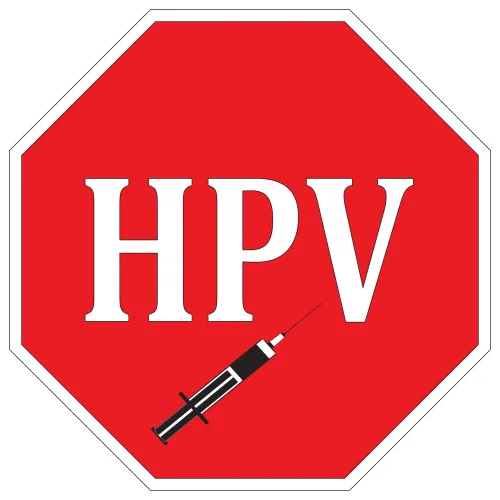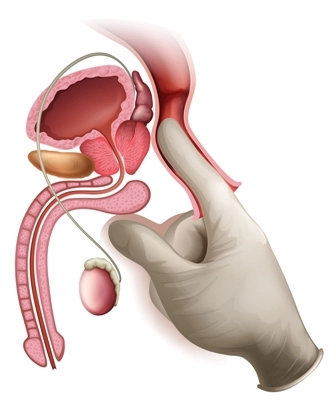Capture Each Step of Aspirate Biopsy Case
But beware bundled services. When your pathologist evaluates a fine needle aspiration (FNA) case, do you have the tools to code the case correctly? Try your hand at the following scenario, then check our expert’s advice to see how you did. Study the Case The pathologist performs a fine needle aspiration of two breast lesions identified as A and B using ultrasound guidance. To provide a diagnosis, the pathologist processes and assesses the following specimens: Specimen A: Specimen B: Do this: Study the case and write down your code(s) selection, then read the next section to see how you did. Check Your Coding For the FNA extraction from two distinct breast lesions performed by the pathologist, you should report the following codes: The pathologist extracts cellular material from two distinct lesions, so you should report the parent code for the first lesion, and the add-on code for the FNA of the second lesion on the same day. Notice: Because unit of service for FNA extraction is the lesion, “you should not report multiple units of the surgical code based on the number of times that the pathologist ‘sticks’ the lesion to withdraw cellular material,” explains R.M. Stainton Jr., MD, president of Doctors’ Anatomic Pathology Services in Jonesboro, Ark. That’s why you shouldn’t code the extraction of lesion B twice, even though the pathologist returns for a second FNA “pass” for that lesion. Guidance: Codes 10005 and +10006 describe an FNA procedure that includes ultrasound guidance. You should not additionally report a guidance code such as 76998 (Ultrasonic guidance, intraoperative) with either 10005 or +10006. Adequacy: CPT® provides distinct codes for the service the pathologist provides during surgery to check that the specimen contains adequate cellular material for evaluation. The unit of service for the adequacy check is the “evaluation episode,” for a particular lesion. Each time the pathologist evaluates material from one or more FNA passes from a single lesion and reports on specimen adequacy, you can report the appropriate code 88172 (Cytopathology, evaluation of fine needle aspirate; immediate cytohistologic study to determine adequacy for diagnosis, first evaluation episode, each site) or +88177 (… immediate cytohistologic study to determine adequacy for diagnosis, each separate additional evaluation episode, same site (List separately in addition to code for primary procedure)). This case: Report two units of 88172 for the adequacy checks of specimen A and specimen B. Because the pathologist reports that specimen B is inadequate, leading to a second FNA “evaluation episode” for specimen B, you might also report +88177 for specimen B. “However, some practices have a policy not to report additional adequacy checks if the same pathologist is performing the extraction and the evaluation,” Stainton says. Interpretation: For the pathologist’s interpretation of the FNA specimens, you should report two units of 88173 (Cytopathology, evaluation of fine needle aspirate; interpretation and report), one for lesion A and one for lesion B. CPT® instructs, “Report one unit of 88173 for the interpretation and report from each anatomic site, regardless of the number of passes or evaluation episodes performed during the aspiration procedure.” Smear: Although the pathologist documents evaluating two different types of smears from the lesion B aspiration, code 88173 is comprehensive and captures all the types of cytopathology smears. That means you should not additionally report 88112 (Cytopathology, selective cellular enhancement technique with interpretation (eg, liquid based slide preparation method), except cervical or vaginal) for the slides prepared with selective cellular enhancement. Stains: Because H&E and Papanicolaou stains are standard for this type of specimen, you should not report a separate code for those stains. On the other hand, the pathologist examines specimen B using two immunohistochemistry (IHC) stains: CK5/6 and p63. Do this: Report the two distinct IHC stains as 88342 (Immunohistochemistry or immunocytochemistry, per specimen; initial single antibody stain procedure) and +88341 (… each additional single antibody stain procedure (List separately in addition to code for primary procedure)). Nuance: Because the code definitions are “per specimen,” you would report this as 88342 x 2 if the pathologist performed one IHC stain on each of two specimens, instead of two IHC stains on a single specimen. Sum it up: Here are the codes you should report for this case: 10005
+10006
88172x2
(possibly +88177)
88173x2
88342
+88341




